The secret sauce really is in how well the sales and marketing teams can work together.
Andrew Haussegger is the Co-Founder and CEO of Green Hat, a marketing consulting agency specializing in B2B. Founded in 2001, the agency assists their clients with B2B strategy while turning customers into loyal advocates. Green Hat developed the 3C3P Customer Lifecycle Marketing Program methodology for B2B.
Haussegger chairs the B2B CMO Advisory Council for B2B Research and is a co-author of the annual B2B Marketing Research Report.
In this episode of Velocitize Talks, Haussegger shares how to integrate account-based marketing strategies to optimize the customer experience, resulting in measurable growth.
Account-Based Marketing: Spears Out (1:00)
Clients want a summary view as to what’s happened in the last week with their account. What intent has been shown, what content has been consumed, what are the themes they are surging on?
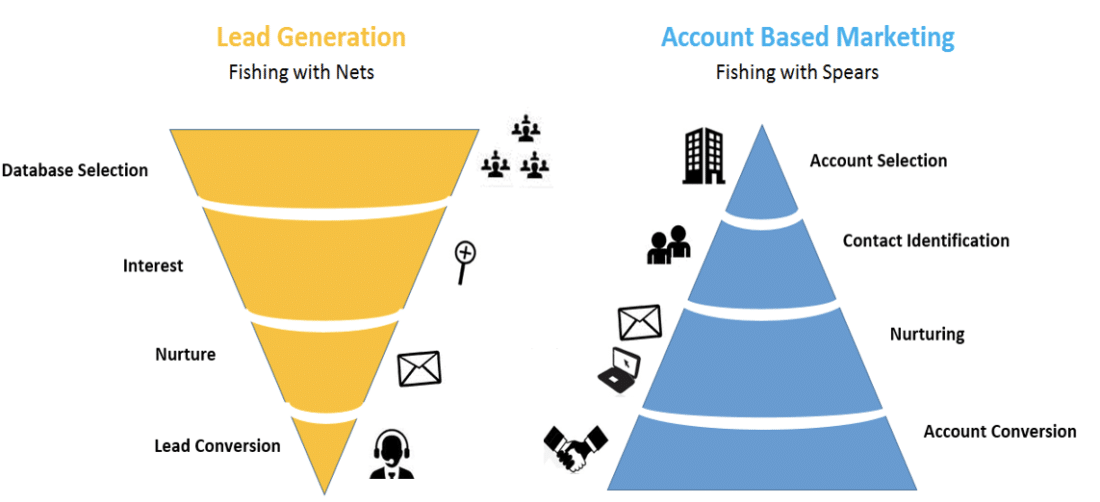
Creating personalized buying experiences and identifying high-value accounts through account-based marketing allows agencies to engage customers faster than traditional marketing strategies. An ABM playbook that agencies can take action on is the goal of the process.
However, account-based marketing is not for everyone. There are three criteria that Green Hat identifies as ABM-ready accounts: deal size ($100k+), deal cycle (90 days or more), and number of accounts (100+).
Green Hat adheres to five key pillars for incorporating ABM into your strategy. First, create a collaborative sales and marketing target account list. Secondly, set up a data strategy that clearly identifies what data to collect and how to use it.
The next step is hyper-personalization, and leveraging that data to engage the target list. This is followed by sales and marketing teams orchestration. As a result, marketing presents real-time account engagement data to the sales team.
The Changing Role of the CMO (4:24)
The CMO needs to have that left brain and right brain turned on. There’s not too many that can lead in both.
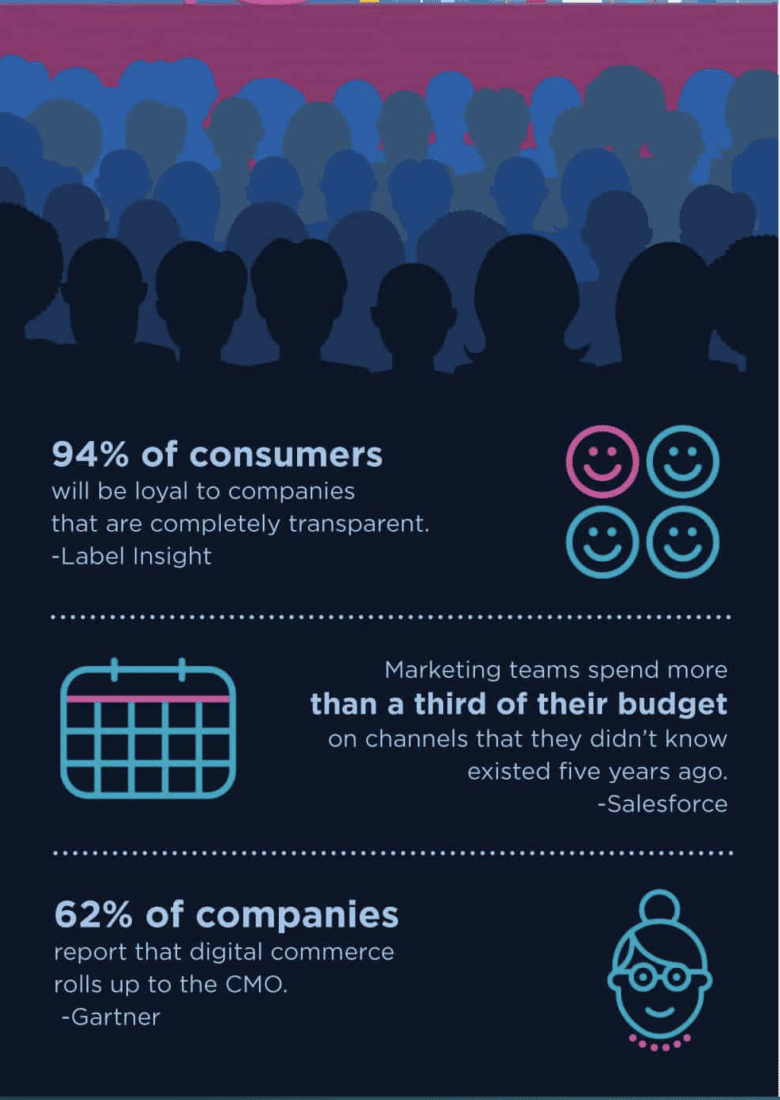
CMOs have one of the toughest jobs in the C-suite due to the ever evolving needs and demands on the person filling that role. However, there has been a drive toward a more data-focused, strategic role coupled with the need to tap into innovative and creative solutions to lead customer-first strategies.
But as Haussegger points out, not many people can inhabit both worlds effectively. They need to build a strong team that can fill in the gaps of experience in order to deliver all of the demands on the marketing team. It’s also been suggested that the CMO could eventually become the Chief Data Officer.
“I wouldn’t feel comfortable with the head of data driving a customer experience and trying to build together the right emotive and rational approaches that we need to create an excellent experience,” Haussegger says. “That’s not a skill set we’d be expecting from a head of data.”
Account-Based Marketing Toolbox (6:10)
The challenge is not the need for more tools; the challenge is the selection of the right tools and the integration of those.

With over 8,000 martech solutions in 2020, the access to solutions are plentiful, and there are a number of tools to help with effectiveness as well as operational efficiencies for agencies. These martech tools help marketers do more with less using a system that creates a real-time flow of data. This data is used by marketers to optimize customer experiences, brand engagement and the sales pipeline.
Most marketers utilize a suite of martech solutions. In the past, however, those solutions have not been successfully integrated. But now that’s changing. In fact in 2020, 52% of marketers described their martech stack as an “integrated, multi-system architecture.”
The Human Side of Artificial Intelligence (8:49)
The recommendation engines are going to be able to provide more information to us, making recommendations that we as marketing operations people can begin to trust.

Machine learning tools are able to suggest insights, interpret data and apply meaning. This provides marketers with solid data to support strategies and decisions. If machines make recommendations from quality data, then B2B marketers can hand off some of their operations to those systems.
Martech platforms like HubSpot and ContentGrow, for instance, help marketing teams analyze strategies and campaigns to maximize ROI. They also use automation to assist with customer retention and engagement. In the future these AI-based martech tools will continue to widen in scope, giving marketers greater understanding of larger and more diverse sets of data. In other words, they’ll be able to focus on the human touch required to create meaningful connections with customers.
Stop the Drip (10:39)
Hugh Macfarlane, a great visionary in the world of B2B marketing, talked all about what really happens in the funnel. What he was talking about way back in the last decade is still very true today.

Based on Hugh Macfarlane’s 20 years in the marketing industry, “The Leaky Funnel” is a B2B marketing strategy book. It’s centered around how marketing and sales teams can work together to combine their resources and accelerate their efforts in order to capture more customers.
As the founder of align.me, Macfarlane coined the term ‘buyer’s journey’ to describe how to align the buying and selling processes. He advocates making the buyer the center of a company’s strategy and tactics.
For more information on Green Hat, check out their website and follow them on LinkedIn, Facebook and Twitter at @greenhatmktg. To stay up to date with Haussegger, follow him on LinkedIn.
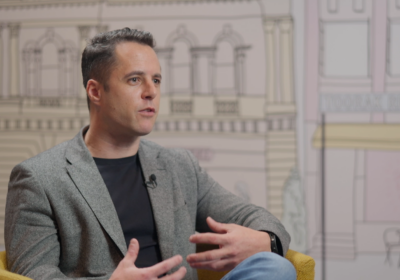

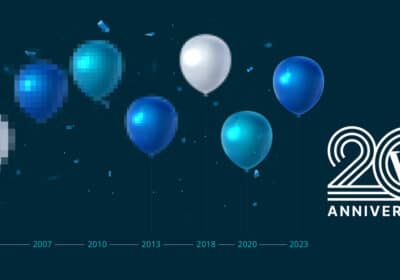

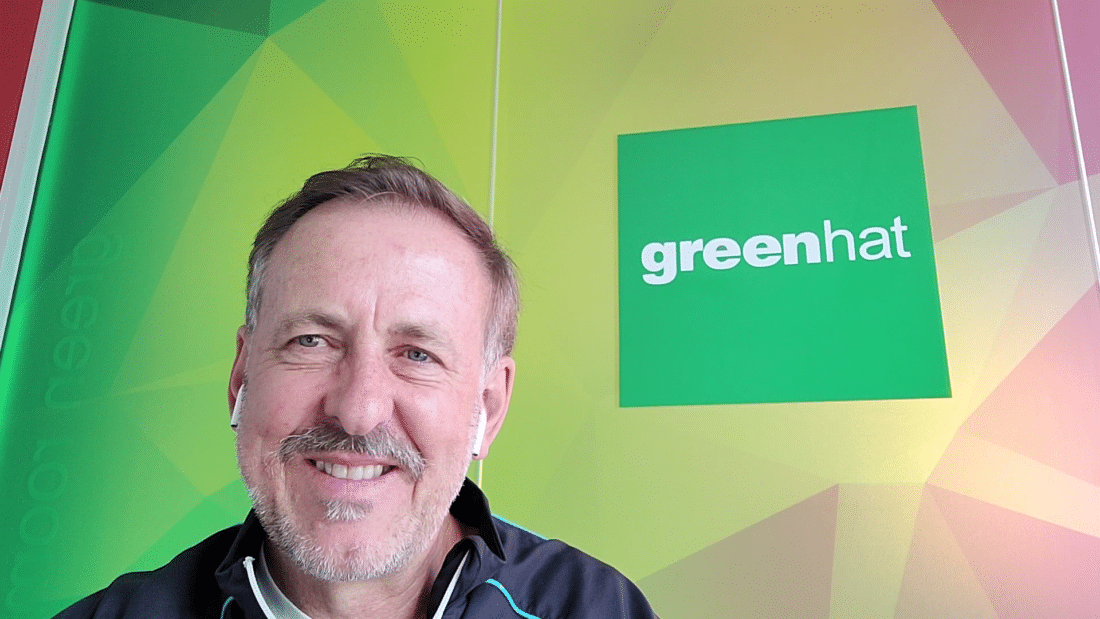
Join the conversation